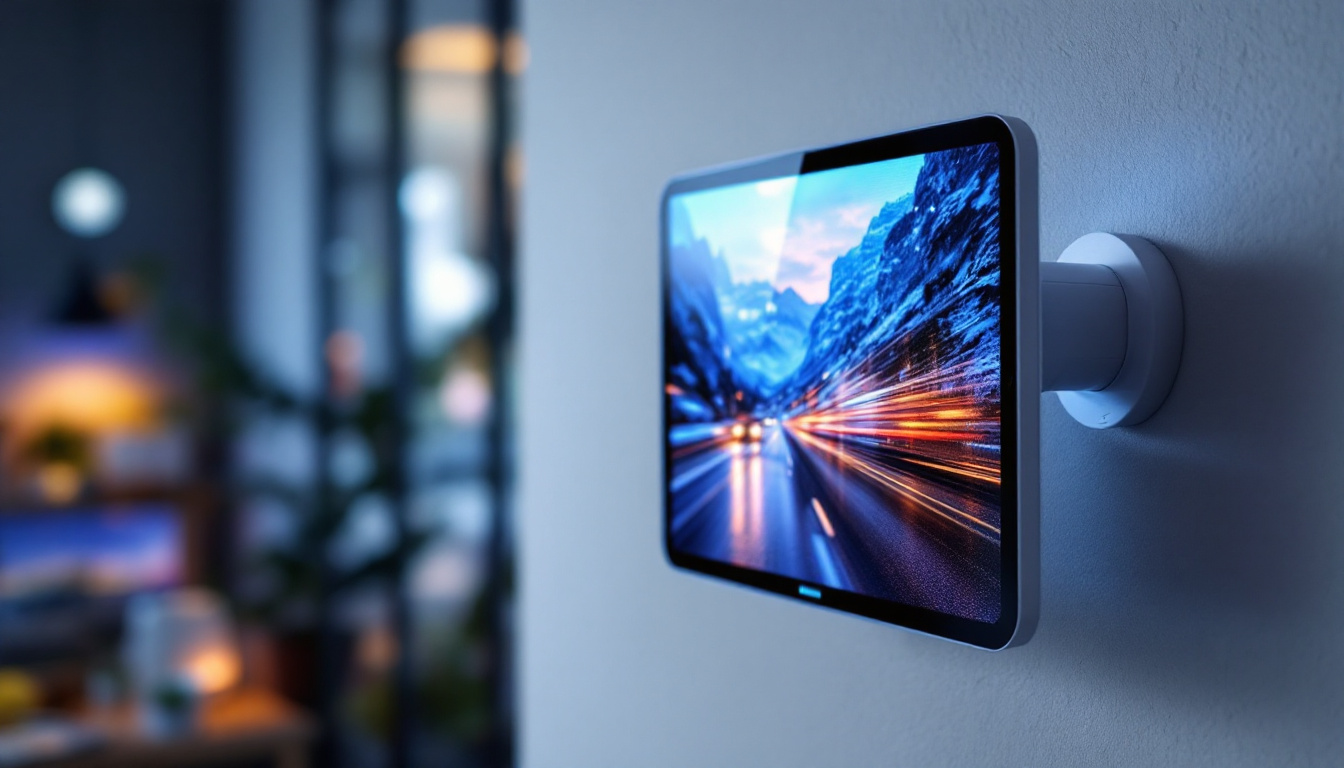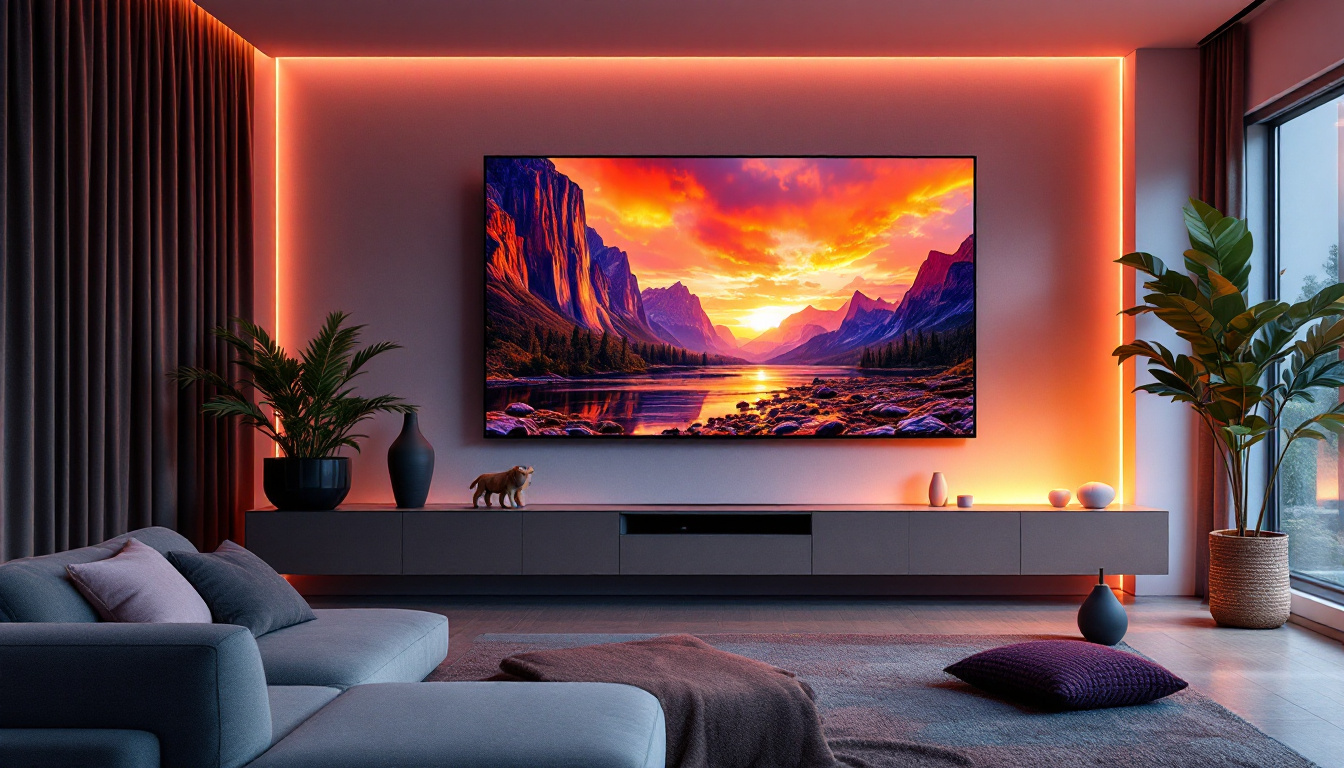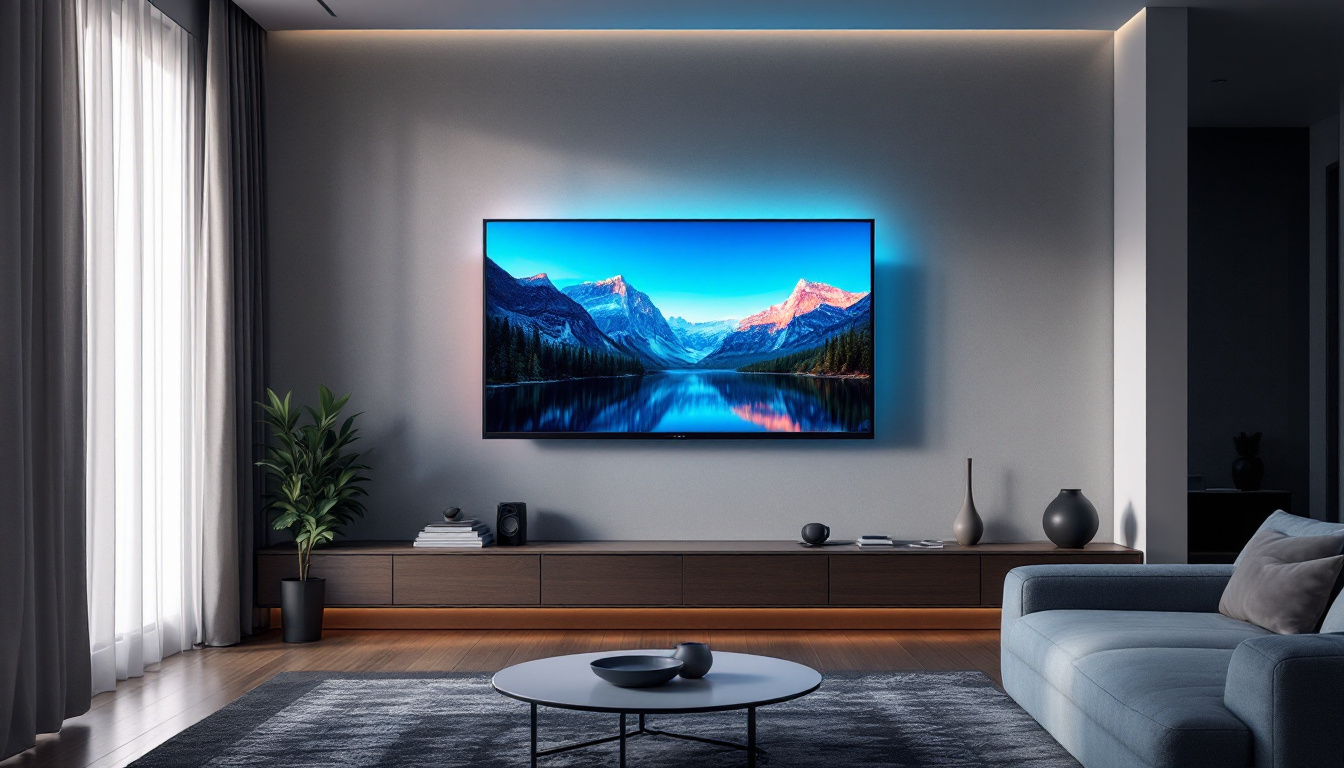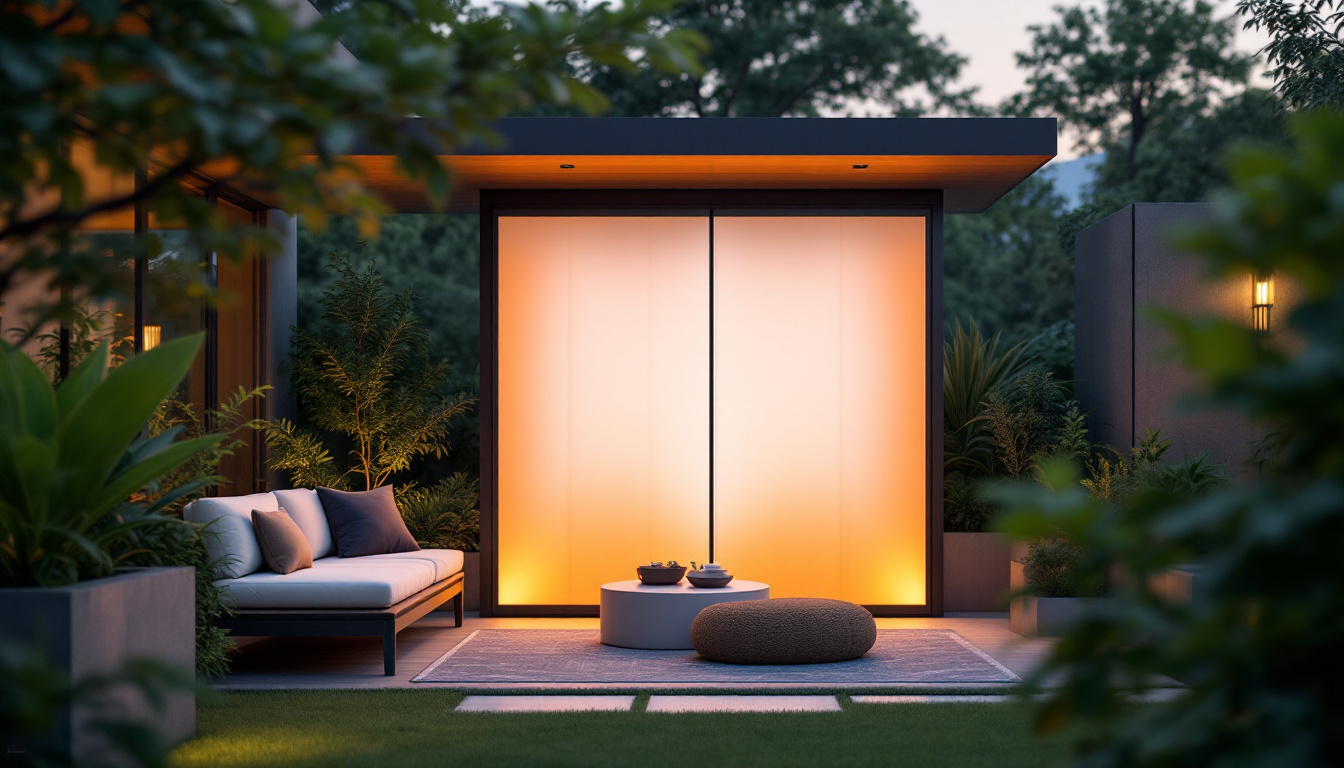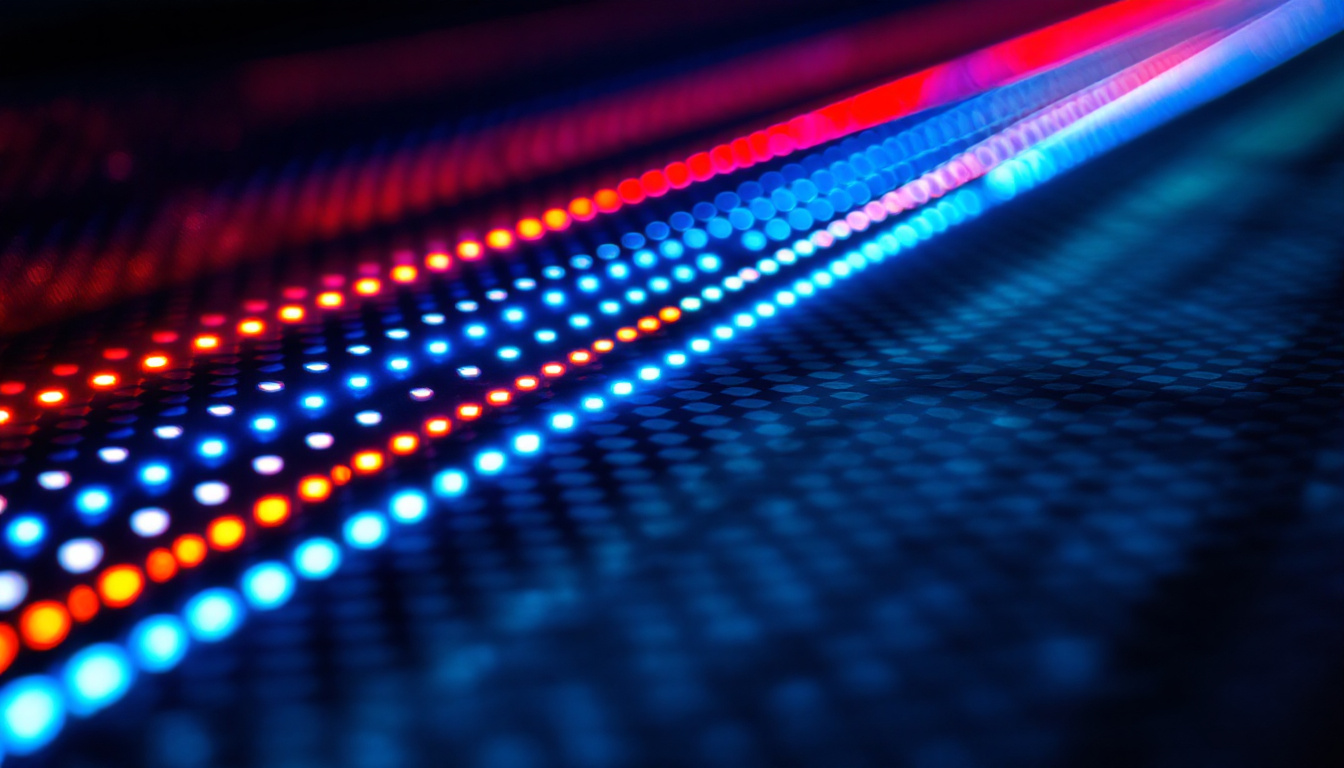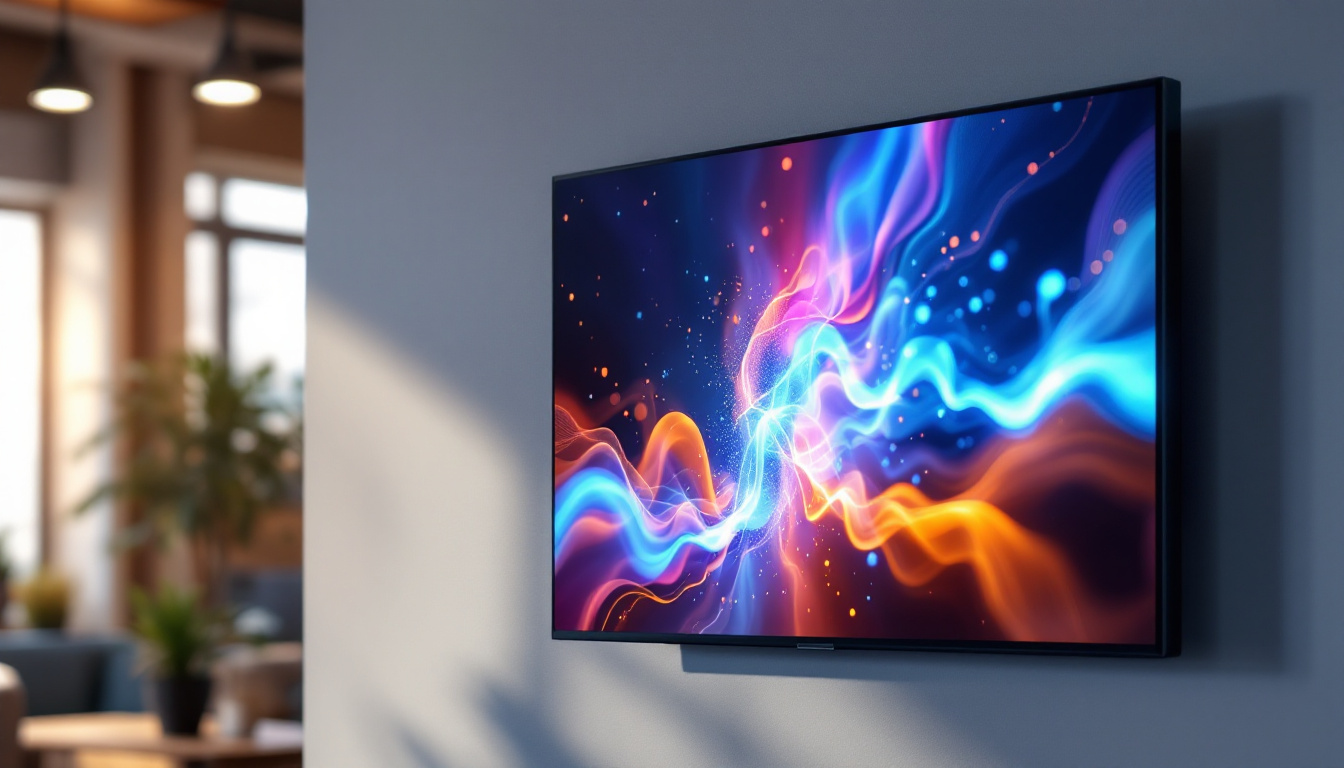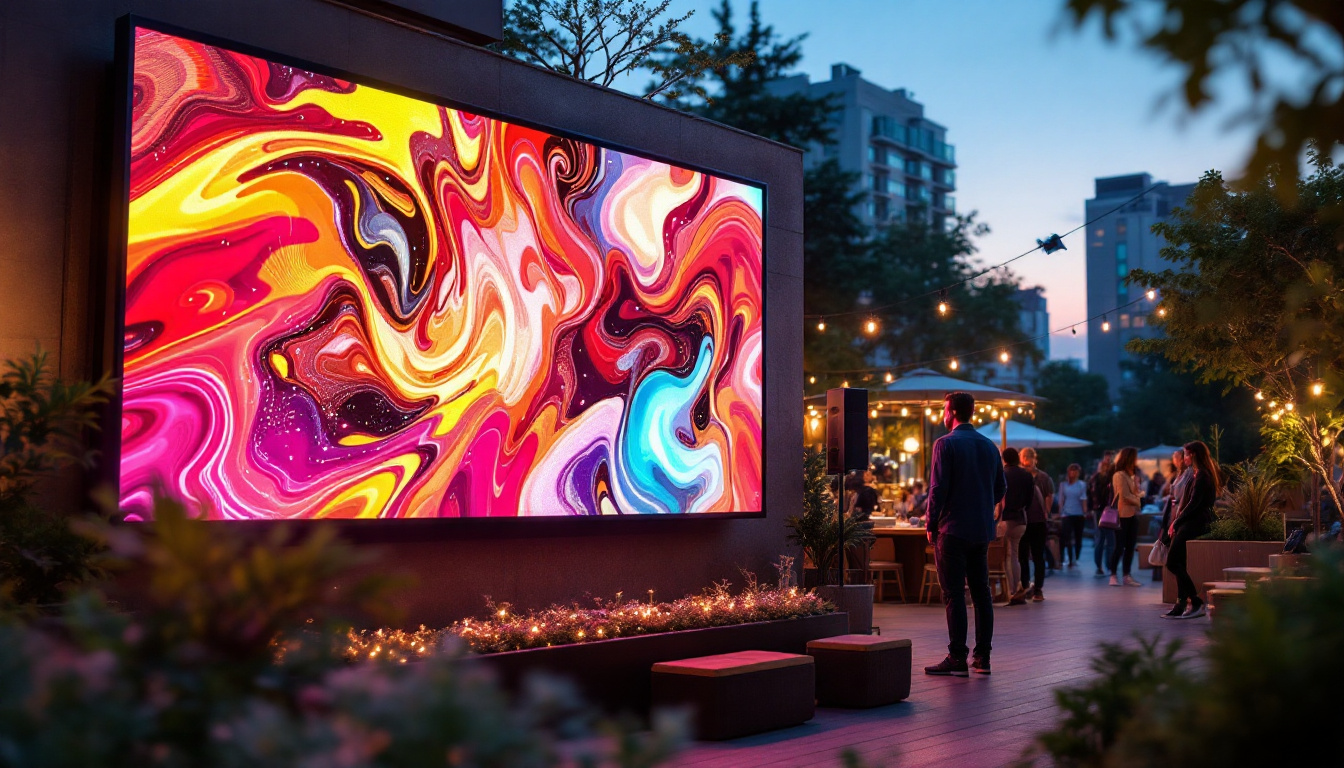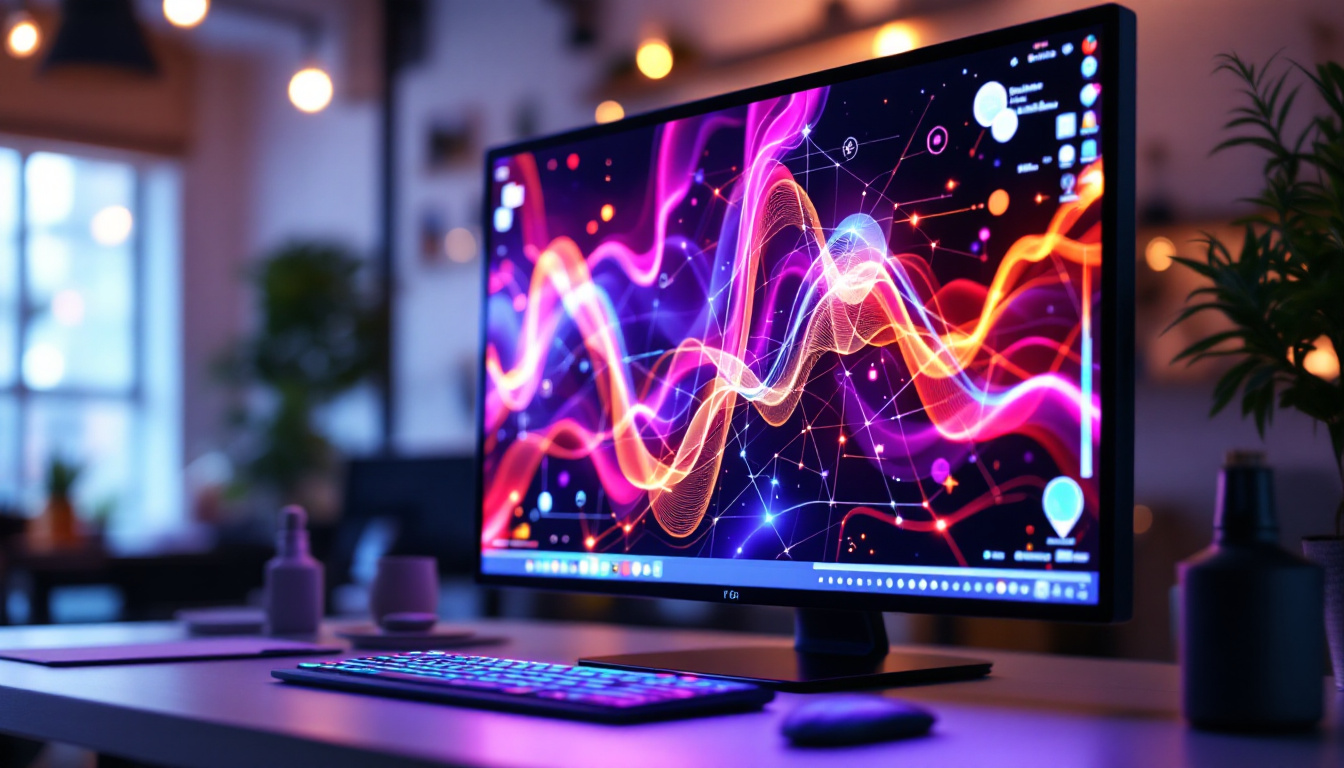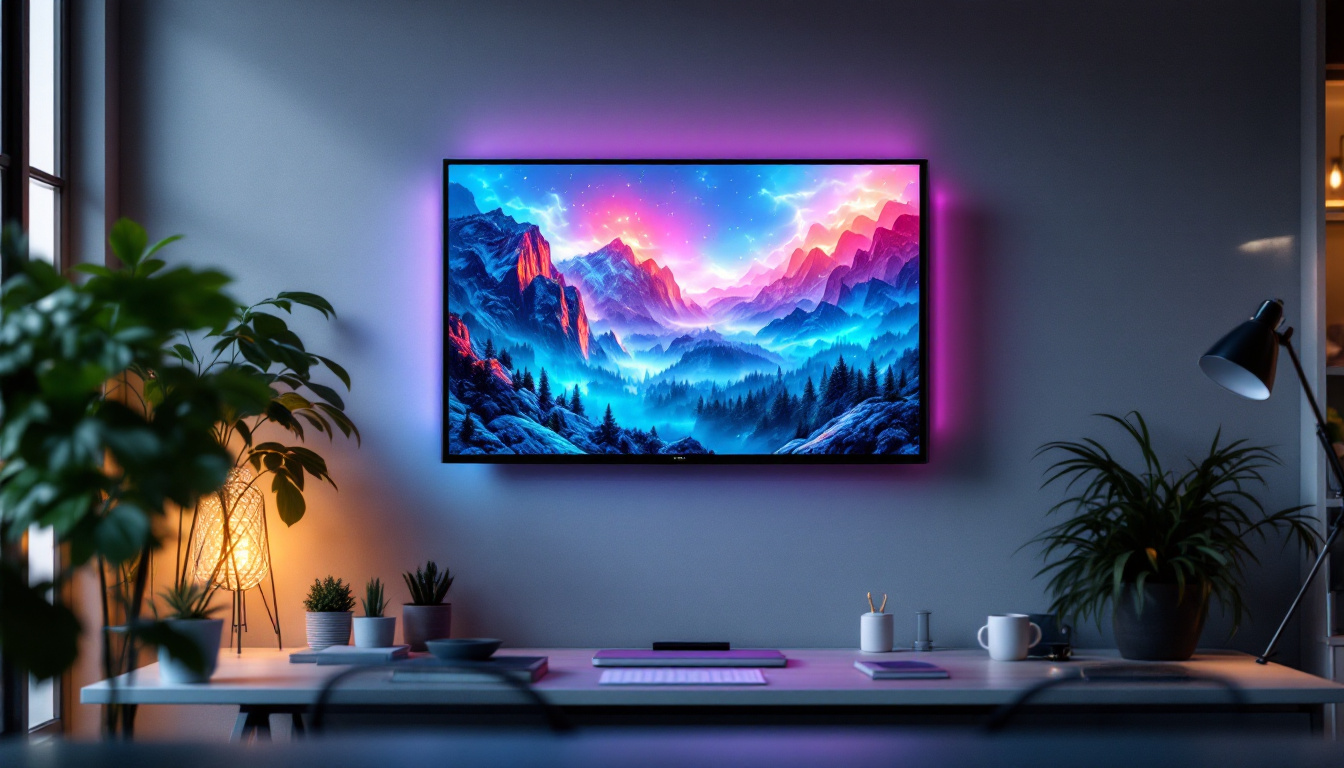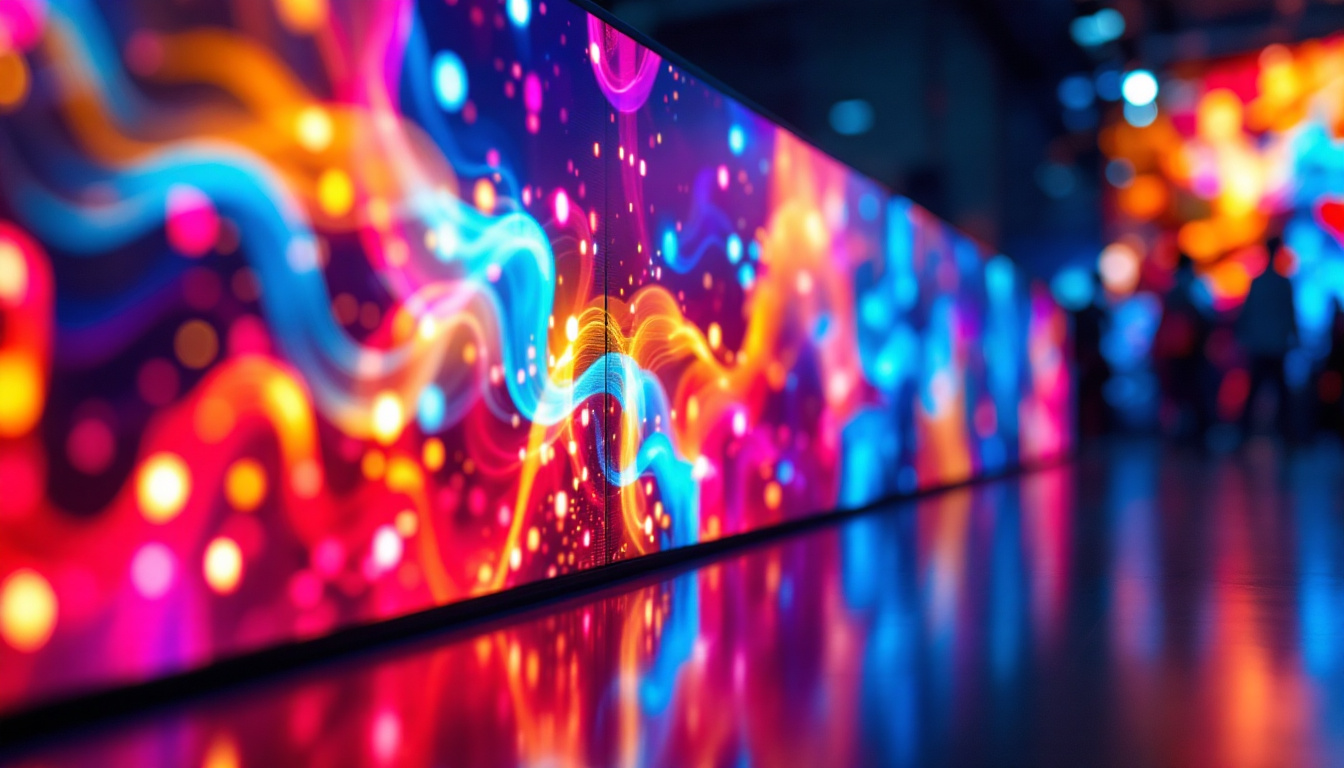In an age where screens dominate our daily lives, understanding how to adjust their brightness can significantly enhance the viewing experience. Whether for work, gaming, or leisure, a brighter screen can reduce eye strain and improve visibility. This article delves into the intricacies of LED displays and offers practical tips on how to make your computer screen brighter.
Understanding LED Displays
LED (Light Emitting Diode) displays have become the standard for modern computer screens due to their efficiency and superior image quality. Unlike traditional LCDs that use fluorescent backlighting, LED displays utilize tiny diodes to produce light, resulting in better contrast, vibrant colors, and lower energy consumption. This transition to LED technology has not only revolutionized personal computing but has also had a significant impact on various industries, including entertainment, advertising, and even healthcare, where high-quality visuals are paramount.
The Technology Behind LED Displays
LED displays operate by illuminating pixels with diodes that emit light when an electric current passes through them. This technology allows for precise control over brightness and color, enabling a more dynamic range of visuals. The brightness of an LED screen can be adjusted through software settings or hardware controls, depending on the device. Furthermore, advancements in LED technology have led to the development of features like local dimming, which enhances contrast by allowing specific areas of the screen to be dimmed or brightened independently, resulting in deeper blacks and more vivid highlights.
Moreover, different types of LED displays, such as OLED (Organic LED) and QLED (Quantum Dot LED), offer varying levels of brightness and color accuracy. OLED displays, for instance, are known for their ability to produce true blacks since each pixel emits its own light and can be turned off completely. On the other hand, QLED technology utilizes quantum dots to enhance color reproduction and brightness, making it an excellent choice for bright environments. Understanding these differences can help users choose the right display for their needs, whether for gaming, graphic design, or general use.
Benefits of Brighter Screens
Increasing the brightness of a computer screen can provide several benefits. A brighter display enhances visibility, making it easier to read text and view images, especially in well-lit environments. It can also improve color accuracy, making graphics and videos appear more vibrant. In professional settings, such as graphic design or video editing, having a bright and color-accurate screen is crucial for achieving the desired results, as it ensures that the colors seen on the screen closely match the final output.
Additionally, a brighter screen can reduce eye strain, particularly during extended use. When screens are too dim, users often squint or lean closer, leading to discomfort. Adjusting brightness to an optimal level can create a more comfortable viewing experience. Furthermore, many modern LED displays come equipped with features such as blue light filters and flicker-free technology, which further enhance eye comfort by reducing the amount of harmful blue light emitted and minimizing screen flicker. This is especially beneficial for individuals who spend long hours in front of their screens, as it can help mitigate the risk of digital eye strain and fatigue.
How to Adjust Brightness on Different Devices
Adjusting the brightness of a computer screen varies depending on the operating system and device type. Below are step-by-step instructions for some of the most common systems.
Windows Operating System
For Windows users, adjusting screen brightness is straightforward. Here’s how to do it:
- Click on the Start menu and select Settings.
- Navigate to System and then click on Display.
- Under the Brightness and color section, use the slider to adjust the brightness to your preference.
Alternatively, users can also use the keyboard shortcuts, typically represented by sun icons on the function keys. Holding the Fn key while pressing the brightness key will adjust the screen brightness directly. Additionally, Windows 10 and later versions offer a feature called Night Light, which can be enabled to reduce blue light emission during evening hours, making it easier on the eyes and promoting better sleep.
Mac Operating System
For Mac users, the process is equally simple:
- Open System Preferences from the Apple menu.
- Select Displays.
- Adjust the Brightness slider to increase or decrease the screen brightness.
Mac users can also use the brightness keys on the keyboard, usually located on the F1 and F2 keys, to make quick adjustments. Furthermore, macOS includes an Automatically adjust brightness feature that utilizes ambient light sensors to change the screen brightness based on the surrounding light conditions, enhancing visibility and reducing eye strain in varying environments.
Linux Operating System
Linux users may need to take a slightly different approach, as the brightness adjustment can depend on the distribution being used. Generally, the following steps can be followed:
- Open the terminal.
- Type in the command
xrandrto list connected displays. - Identify the display name (e.g.,
eDP-1), then use the commandxrandr --output eDP-1 --brightness 1.0to set the brightness level (1.0 is maximum brightness).
For graphical interfaces, many Linux distributions also provide brightness adjustment options in their settings menu. Additionally, users can explore third-party applications like Brightness Controller or Redshift, which not only allow for fine-tuning of brightness levels but also offer features to adjust color temperature, further enhancing the viewing experience, especially during extended use or in low-light conditions.
Using External Monitors
For users with external monitors, brightness adjustment can be slightly different. Most external monitors come equipped with physical buttons or an on-screen display (OSD) menu that allows users to adjust settings, including brightness.
Adjusting Brightness on External Monitors
To adjust the brightness on an external monitor, follow these steps:
- Locate the physical buttons on the monitor, usually found on the front or side panel.
- Press the button that opens the OSD menu.
- Navigate to the brightness settings using the arrow keys and adjust accordingly.
Some monitors also come with software that can be installed on your computer, allowing for brightness adjustments directly from the operating system. This can be particularly useful for users who frequently switch between different lighting environments.
Using Software Solutions
In addition to built-in settings, there are various software solutions available that can help manage screen brightness more effectively. Programs like f.lux and Iris not only allow for brightness adjustments but also offer features like blue light filtering, which can further enhance comfort during prolonged use.
These applications can automatically adjust brightness based on the time of day or ambient light conditions, providing a more dynamic and responsive user experience.
Common Issues and Troubleshooting
While adjusting screen brightness is generally a straightforward process, users may encounter issues that prevent them from making the desired changes. Below are some common problems and their solutions.
Brightness Slider Not Responding
If the brightness slider is unresponsive, it may be due to outdated or missing drivers. To resolve this issue:
- Open Device Manager from the Start menu.
- Locate the display adapter, right-click it, and select Update driver.
- Follow the prompts to search for and install any available updates.
Restarting the computer after updating drivers can also help in resolving this issue.
Brightness Changes Not Saving
Sometimes, users may find that their brightness settings revert after a reboot. This can occur due to power settings or driver conflicts. To fix this:
- Go to Control Panel and select Power Options.
- Click on Change plan settings next to your selected power plan.
- Adjust the brightness settings for both On battery and Plugged in options.
Saving these settings should help maintain the desired brightness level across reboots.
External Monitor Brightness Issues
For external monitors, if brightness adjustments through the OSD menu are ineffective, check the following:
- Ensure that the monitor is correctly connected to the computer.
- Check if the monitor has a dedicated brightness setting in its menu that might override the computer settings.
- Consider resetting the monitor to factory settings, which can resolve any configuration issues.
Best Practices for Screen Brightness
Maintaining optimal screen brightness not only enhances visibility but also contributes to overall eye health. Here are some best practices to consider:
Adjust Brightness According to Environment
It’s essential to adjust screen brightness based on the surrounding lighting conditions. In bright environments, increasing the brightness can help reduce glare and improve visibility. Conversely, in dimly lit settings, lowering the brightness can prevent eye strain.
Use Night Mode Features
Many operating systems now include night mode features that reduce blue light emission during evening hours. This not only helps in reducing eye fatigue but also promotes better sleep patterns. Activating night mode can be beneficial for users who spend long hours in front of screens.
Regular Breaks and Eye Care
Regardless of screen brightness, taking regular breaks is crucial for eye health. The 20-20-20 rule is a popular guideline: every 20 minutes, look at something 20 feet away for at least 20 seconds. This practice helps reduce digital eye strain and maintains overall eye comfort.
Conclusion
Understanding how to adjust the brightness of a computer screen is essential for enhancing the visual experience and promoting eye health. With the right knowledge and tools, users can easily tailor their screen settings to suit their needs, whether they are using a laptop, desktop, or external monitor.
By familiarizing oneself with the various methods of adjusting brightness across different devices, as well as implementing best practices for screen use, individuals can create a more comfortable and productive computing environment. As technology continues to evolve, staying informed about display settings will ensure that users can make the most of their visual experiences.
Discover Brighter Possibilities with LumenMatrix
Ready to elevate your visual experience with the brightest and most vibrant displays? LumenMatrix is at the forefront of LED display technology, offering a wide array of solutions that bring your content to life. From Indoor and Outdoor LED Wall Displays to innovative LED Posters and Custom Displays, our products are designed to enhance engagement and ensure your message is seen with unparalleled clarity. Don’t just take our word for it; check out LumenMatrix LED Display Solutions today and see the difference for yourself!



